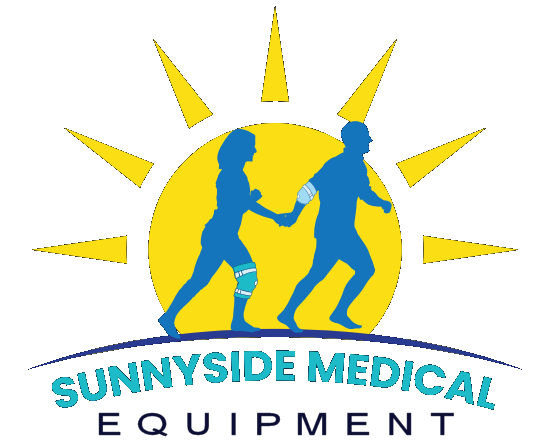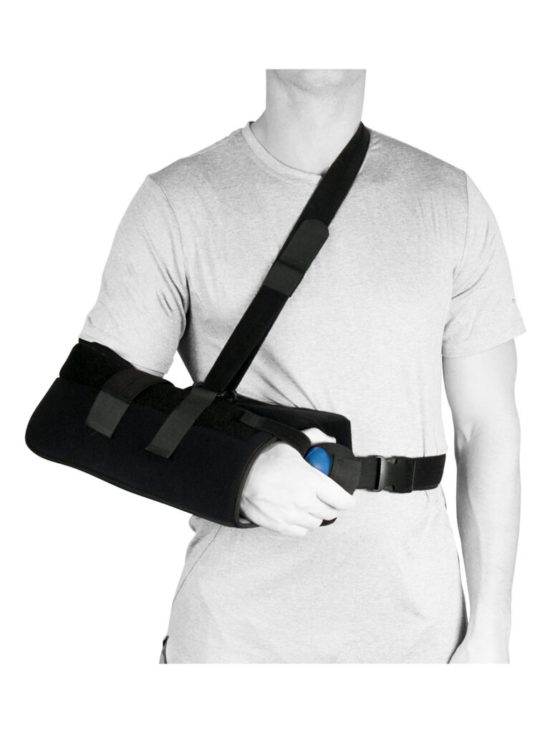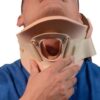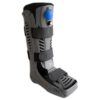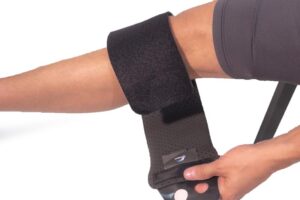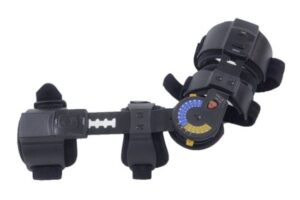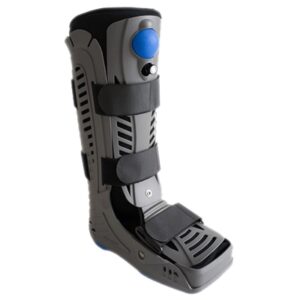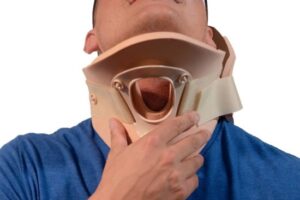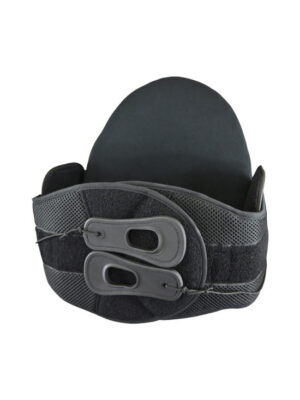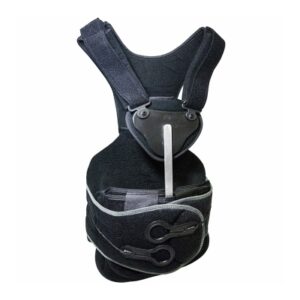ISO Preferred – Shoulder Sling w/ Abduction Pillow & Squeeze Ball
$0.00
The ISO Preferred Shoulder Sling with Abduction Pillow & Squeeze Ball (SH324-SH327) is designed to provide post-operative and post-trauma immobilization. Canvas type fabric of the ISO shoulder sling orthosis firmly attaches to the abduction pillow for optimum arm and shoulder placement and immobilization. Design supports the needs for post-op, general injuries, rotator cuff injuries, soft tissue repairs, and shoulder instabilities. Shoulder sling and abduction pillow fit either the left or right arm or shoulder with an easily adjustable sling. Attached squeeze ball helps stimulate blood flow while arm and shoulder are firmly supported
